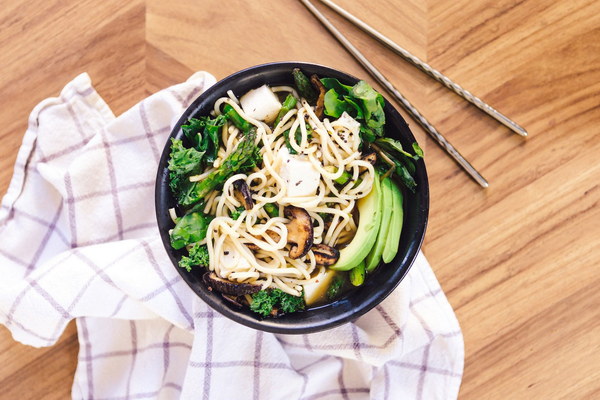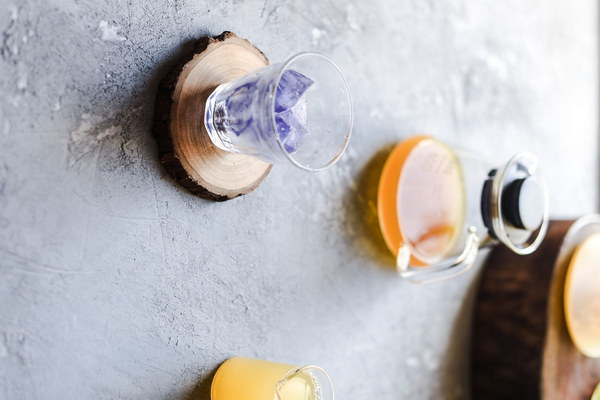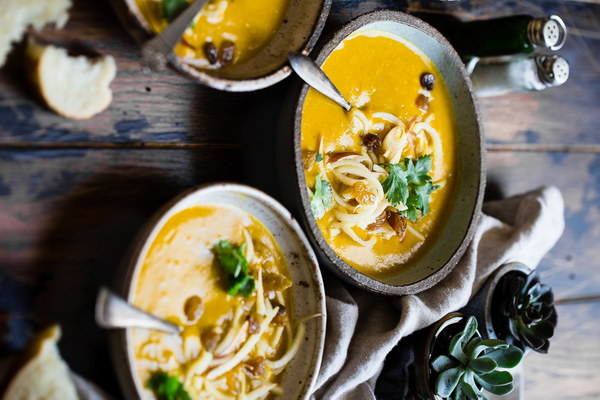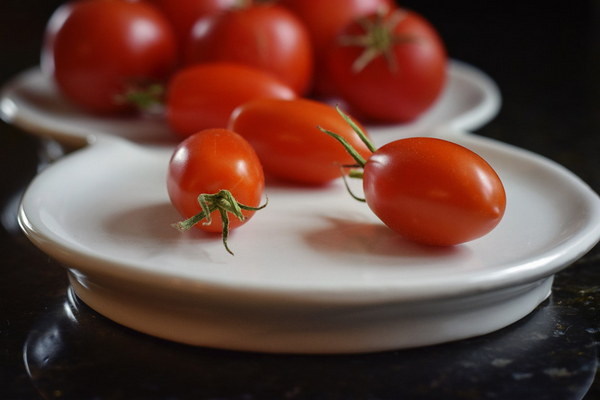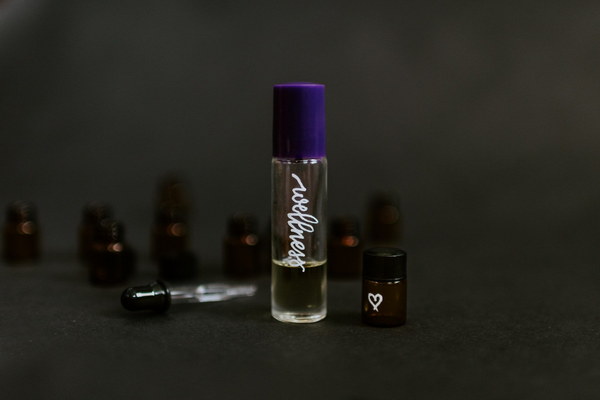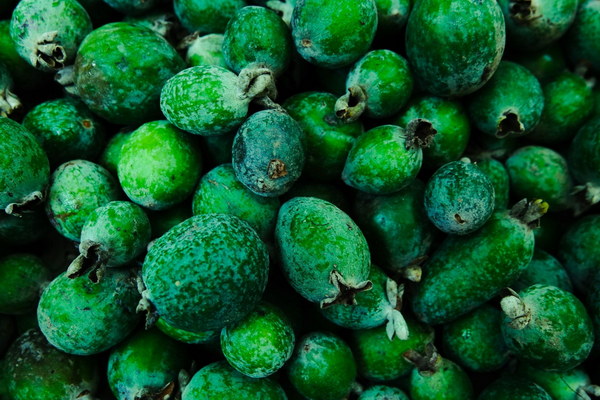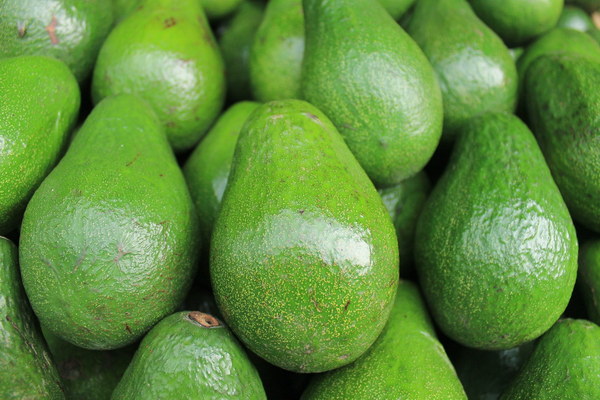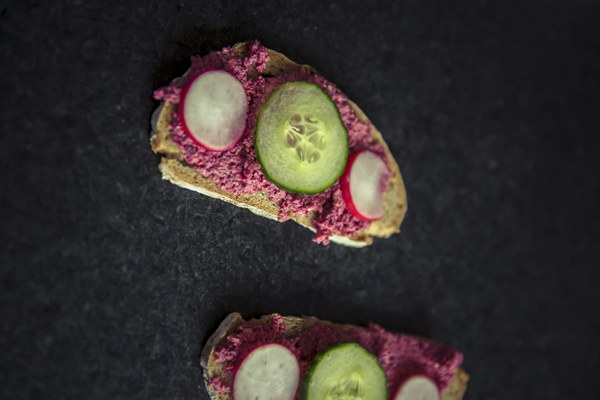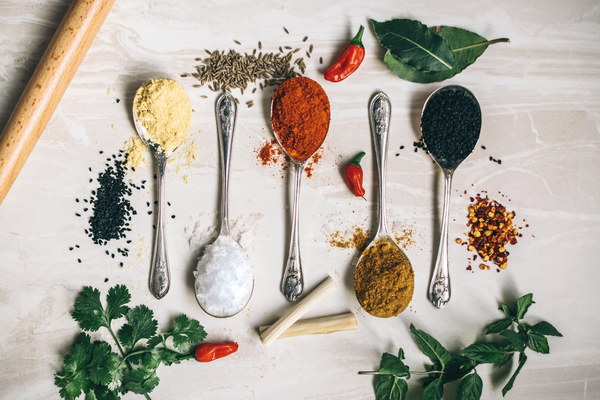Unveiling the Art of Lung Heat Relief Traditional Chinese Practices for Health and Well-being
In the realm of Traditional Chinese Medicine (TCM), the concept of 'Lung Heat' is a common ailment that can manifest in a variety of symptoms such as a dry cough, sore throat, and fever. To address this condition, TCM offers a range of practices aimed at cooling the lung heat and restoring balance to the body. This article delves into the art of lung heat relief, exploring the principles and methods behind these time-honored practices.
Understanding Lung Heat
According to TCM, lung heat arises when the body's natural cooling mechanisms are compromised, leading to an accumulation of heat in the lungs. This imbalance can be caused by various factors, including environmental exposure, stress, and poor diet. When the lungs are overheated, they become susceptible to various respiratory issues.
The art of lung heat relief involves a combination of herbal medicine, dietary adjustments, and lifestyle changes. By addressing the root cause of the imbalance, TCM aims to alleviate symptoms and promote overall health and well-being.
Herbal Medicine
Herbal medicine is a cornerstone of TCM, and various herbs are known to alleviate lung heat. Here are some commonly used herbs:
1. Scutellaria baicalensis (Huangqin): This herb has a cooling and detoxifying effect, helping to expel heat from the body.
2. Platycodon grandiflorus (Jiegu): Known for its expectorant properties, platycodon helps to clear mucus and soothe the throat.
3. Fritillaria thunbergii (Chuanbeimu): This herb is used to nourish the lungs and reduce inflammation.

4. Lonicera japonica (Jinyinhua): A well-known herb for its cooling and antiviral properties, lonicera is often used to treat sore throat and fever.
By combining these herbs in appropriate proportions, TCM practitioners can create customized formulas to address individual cases of lung heat.
Dietary Adjustments
Diet plays a crucial role in TCM, and certain foods can exacerbate lung heat symptoms. To alleviate lung heat, it is advisable to avoid or limit the consumption of the following:
1. Spicy and hot foods: These can further increase heat in the body.
2. Alcohol: Alcohol is considered to be a heat-inducing substance and can worsen lung heat.
3. Dairy products: Dairy can be difficult to digest and may contribute to phlegm formation.
4. Fatty and greasy foods: These can lead to dampness and phlegm accumulation, exacerbating lung heat symptoms.
On the other hand, TCM suggests incorporating cooling and nourishing foods into the diet, such as:
1. Green leafy vegetables: These are rich in vitamins and minerals, which can help cool the body.
2. Fruits with a cooling nature: Fruits like watermelon, cucumber, and pear are known to alleviate heat and nourish the lungs.
3. Soups and stews: Broths made from chicken or pork can be beneficial when seasoned with cooling herbs and spices.
Lifestyle Changes
In addition to herbal medicine and dietary adjustments, adopting certain lifestyle changes can help alleviate lung heat symptoms. Here are a few suggestions:
1. Adequate rest: Ensuring sufficient sleep can help the body recover from heat-related imbalances.
2. Regular exercise: Moderate exercise can promote blood circulation and improve respiratory function.
3. Breathing exercises: Practices such as qigong or tai chi can help regulate the body's energy and reduce heat.
4. Stress management: Techniques such as meditation and deep breathing can help reduce stress, which can contribute to heat accumulation in the lungs.
Conclusion
The art of lung heat relief in Traditional Chinese Medicine is a holistic approach that addresses the root cause of the imbalance. By combining herbal medicine, dietary adjustments, and lifestyle changes, individuals can achieve relief from lung heat symptoms and promote overall health and well-being. Embracing these time-honored practices can lead to a more balanced and harmonious life.
